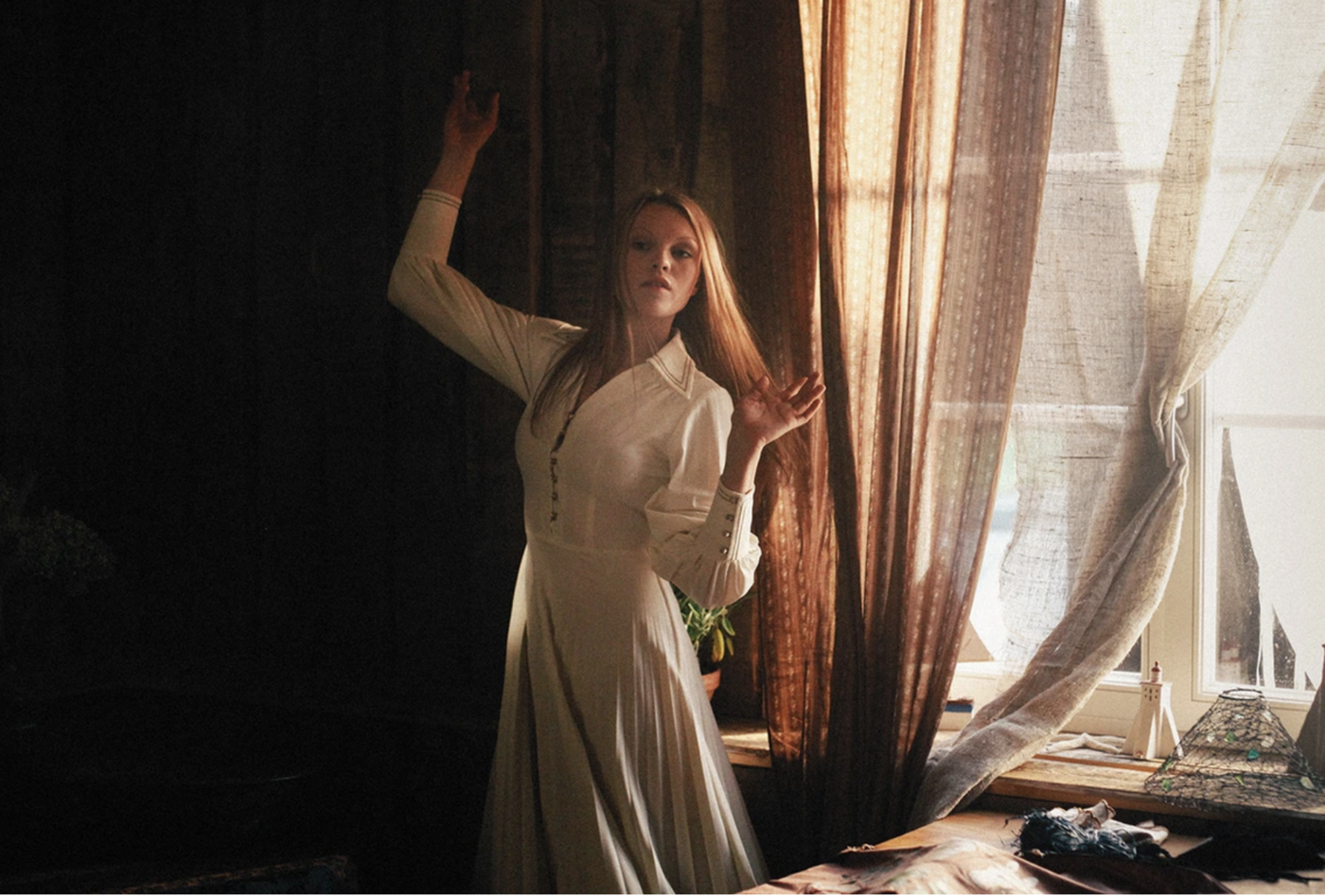Learning music with techniques from sport
In top form when practicing! The "Method Navi" transfers sporting practices and terms to instrumental practicing.

Anyone who teaches music like a trainer is successful. That's not to say that music is sport, but in Ulrich Menke's Method navigation sports medicine and sports psychology aspects help to achieve positive results more quickly. The concept of practicing is supplemented by the concept of training. By alternating the use of all the senses, the brain can really get into shape: Kurzweil makes you forget about "practice time" and leads to flow. The teacher responds to the pupils more with questions than with criticism and thus helps them to develop more independent working skills.
In 18 chapters illustrated with instructive music examples from the violin literature, you are given a wide range of assignments to fan out the difficulties. Here is a selection:
1st warm-up, starting with the body: posture, muscle and finger sensitivity, self-observation in the mirror.
2. practice a new piece flawlessly right from the start thanks to Slow Motion; first introduce, then play.
3. looping: incorporate breathing pauses in difficult sequences and repeat the sequence parts; simplify large jumps as sound swings and listen to them and feel; in the case of double holds, determine the guide finger whose path is easiest to execute and remember; isolate error triggers and consolidate with loop.
4. time-out: extend fast passages with dotted rhythms or repeated notes.
5. supervision: Observe yourself playing in turn with different senses.
7. rhythm is it! Play rhythmically difficult passages on one note or on a scale first; play the string change movement of the bow of a multi-string passage on the empty strings first; find the optimum bow hand curve for tied passages.
8. place accents: In a passage that runs evenly, place accents on the second note in groups of four sixteenths, for example, and on the third and fourth notes in the repetitions, or even on every third note (against the meter) of the passage. In this way, every note comes into focus once.
9. self-coaching: like a reporter, you look at your "inner team's" performance and assess what needs to be improved. Focus on a finger that is too weak, a tone that is not expressive, a change of position that happens too late; "look at the scenic layout of playing situations".
10. playing away. Acquire confidence: playing the passage on other strings, in other positions, walking, back to back in an ensemble.
11. mixing desk. Trying out different dynamic variations of a passage (searching with crescendo and decrescendo for the right emphasis) leads to a more conscious understanding of the composition.
12. happy ending. If you place a fermata on a problem note and experience it more consciously, it loses the aspect of the "point of fear".
13. call - recall: singing a passage - repeat with playing. Call - Response: Singing a musical question - playing the answer. This makes it clear more quickly how a passage should be musically arranged.
Finally 18th performance! Here we explain how stage fright and fear of failure can be avoided, but also how musical flow can be encouraged.
In a concluding explanatory section, the importance of mindfulness, skillful coaching, mental training, a new relationship between teachers and learners and the training ground as a place of well-being is explained in detail. All in all, a valuable treasure trove of ideas!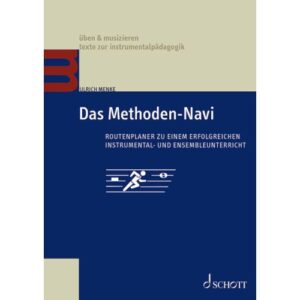
Ulrich Menke: Das Methoden-Navi, Routenplaner zu einem erfolgreichen Instrumental- und Ensembleunterricht, 192 p., € 22.95, Schott, Mainz 2023, ISBN 978-3-7957-3092-5






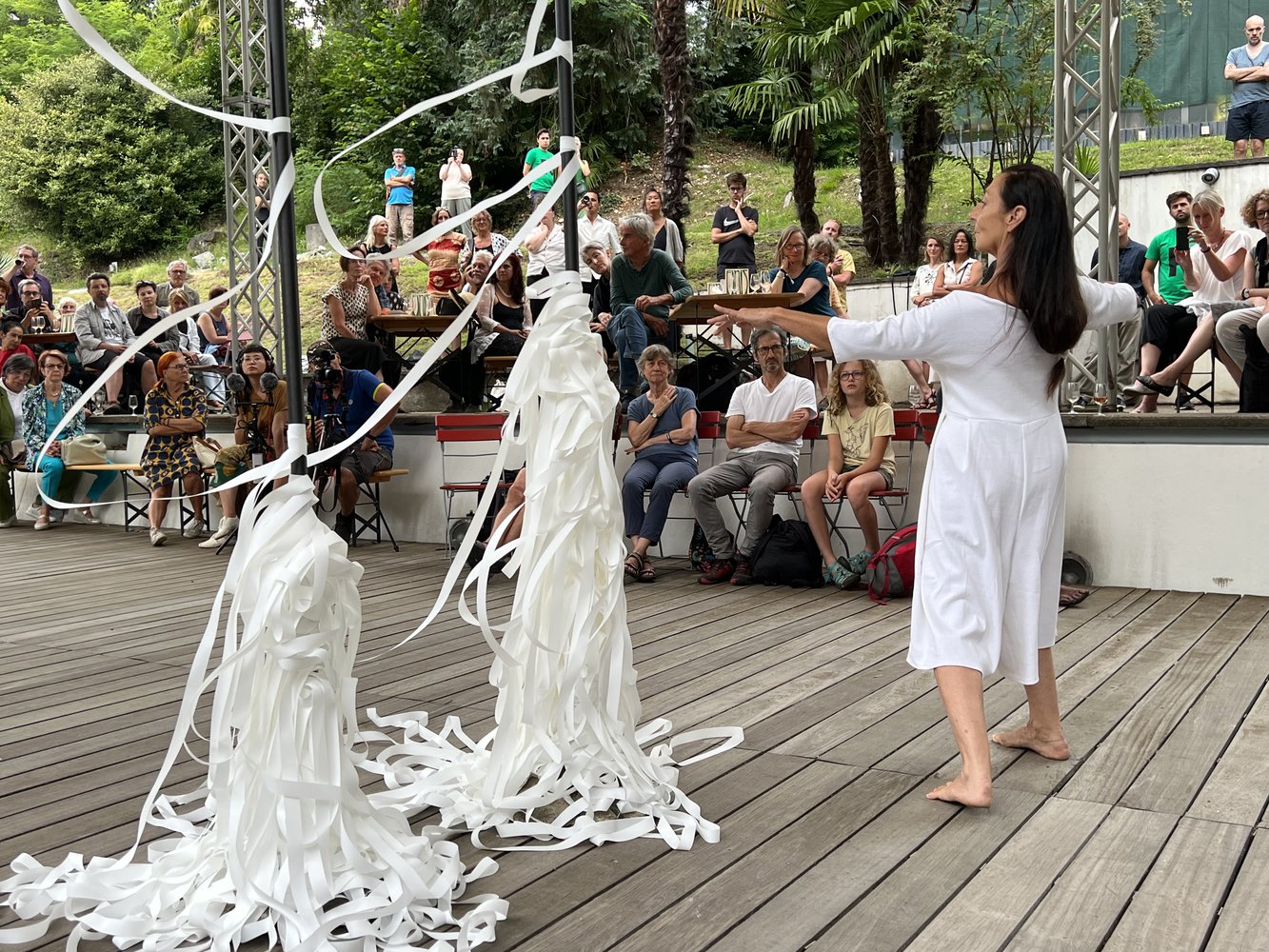
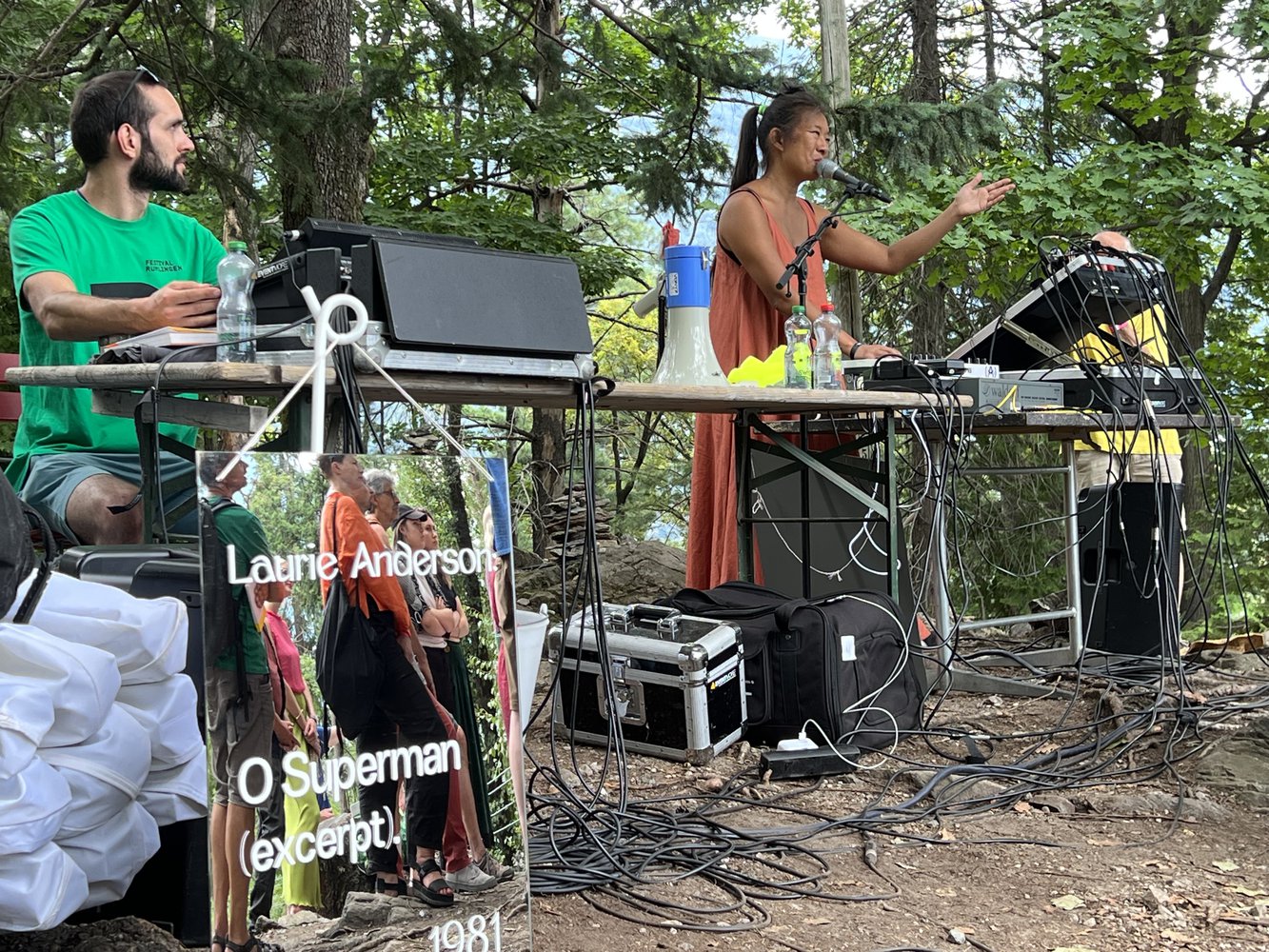

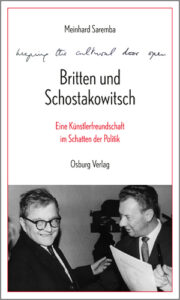
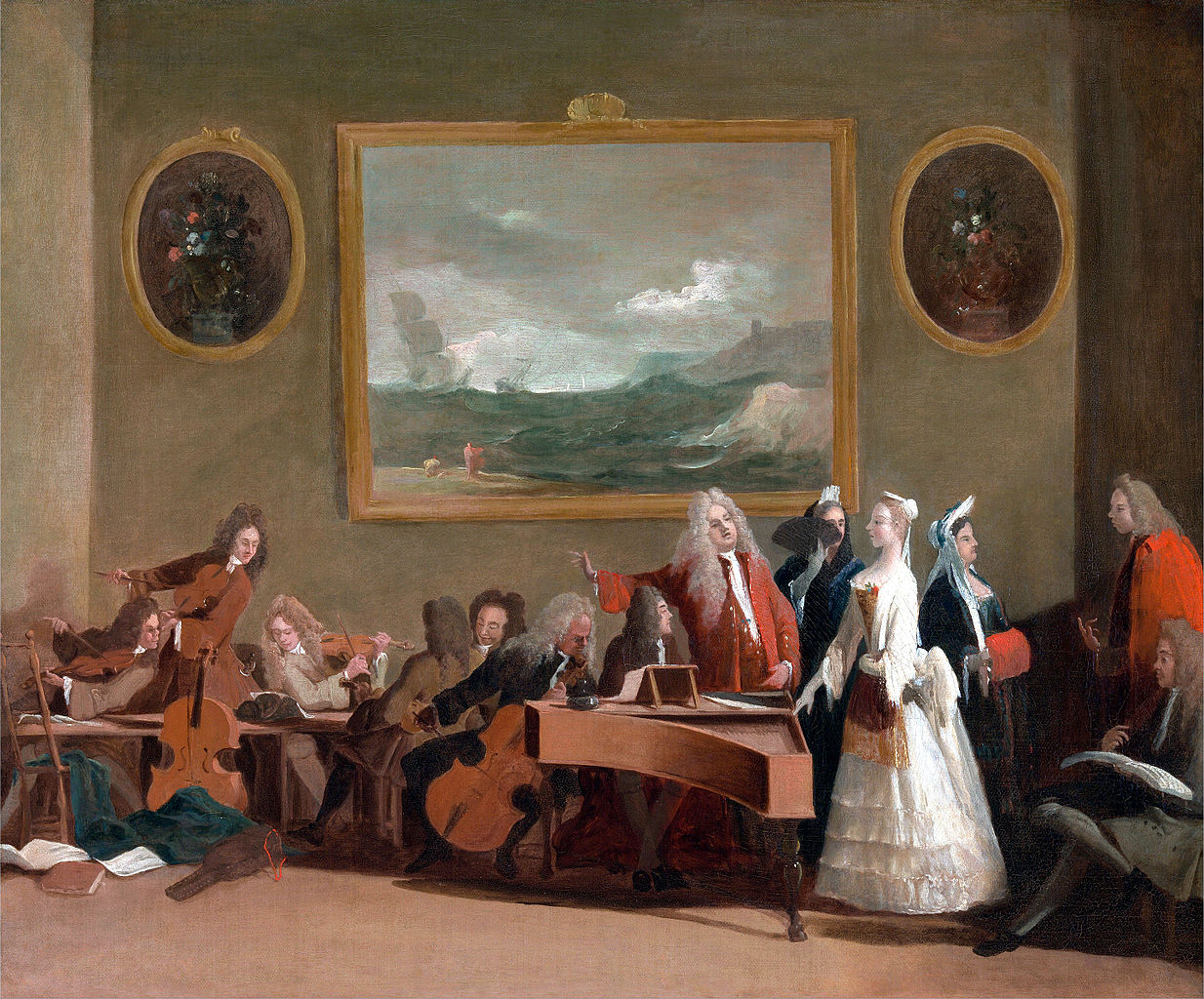


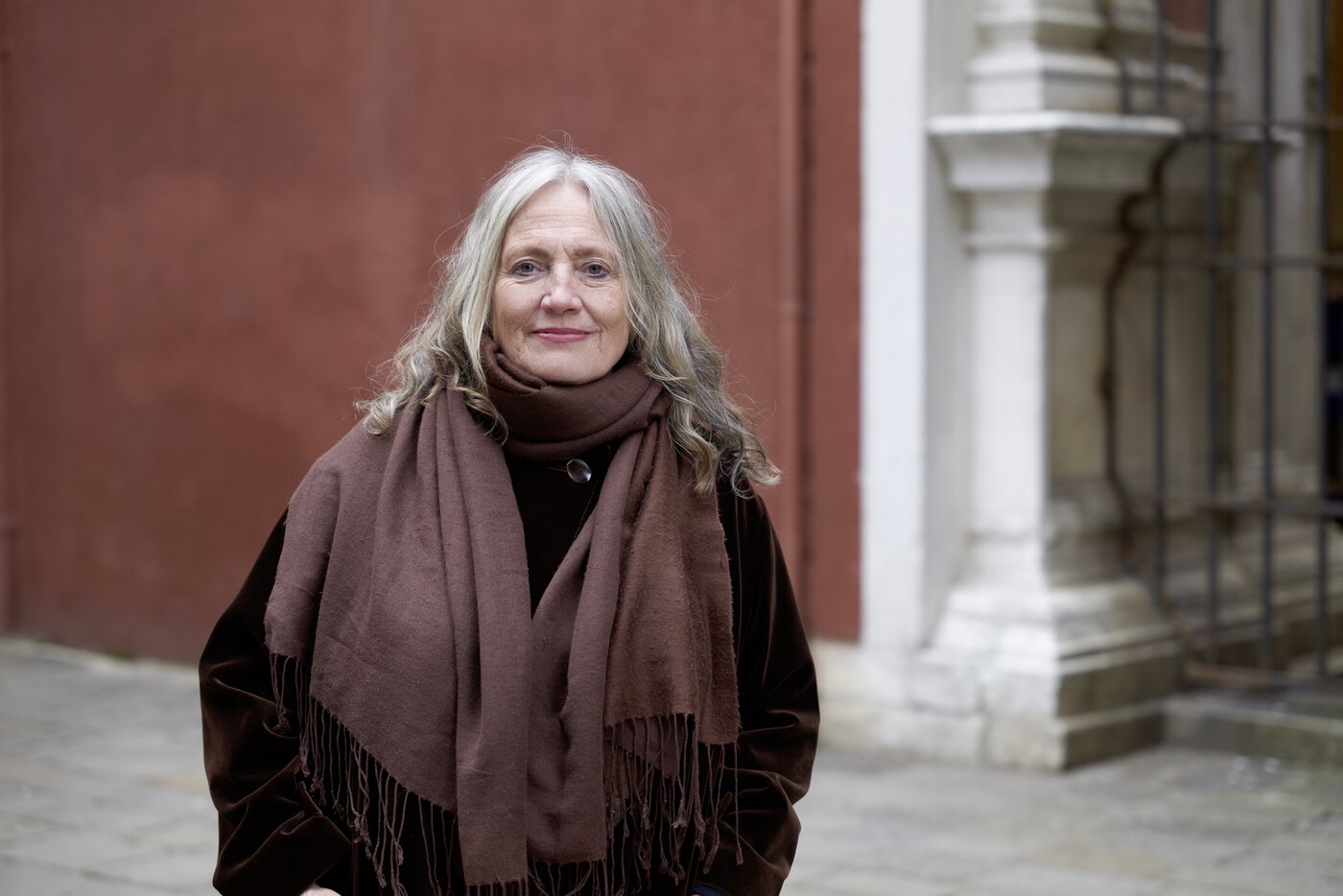
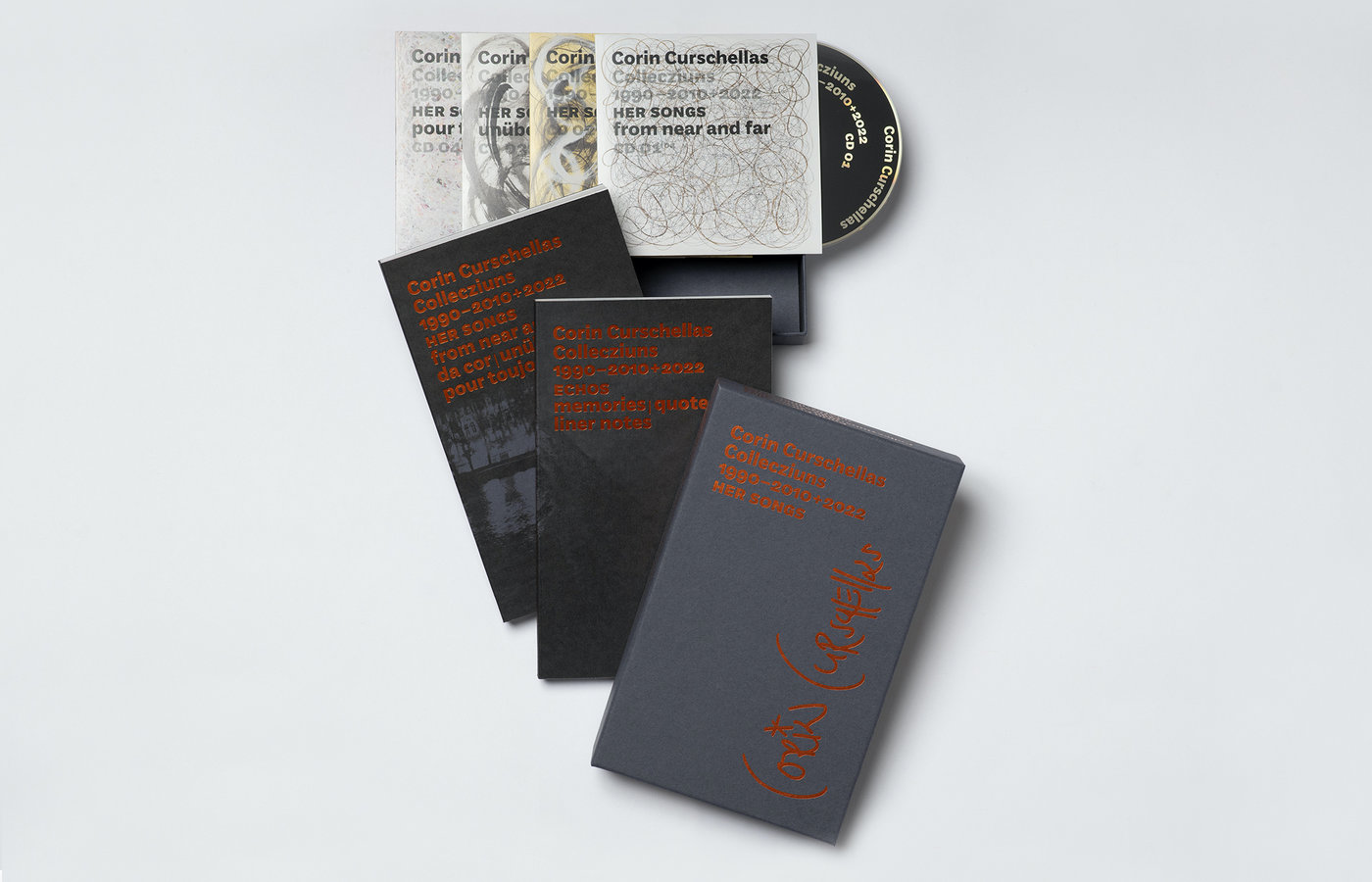 Corin Curschellas: Collecziuns 1990-2010 + 2022 Her Songs, Tourbo Music TOURBO068
Corin Curschellas: Collecziuns 1990-2010 + 2022 Her Songs, Tourbo Music TOURBO068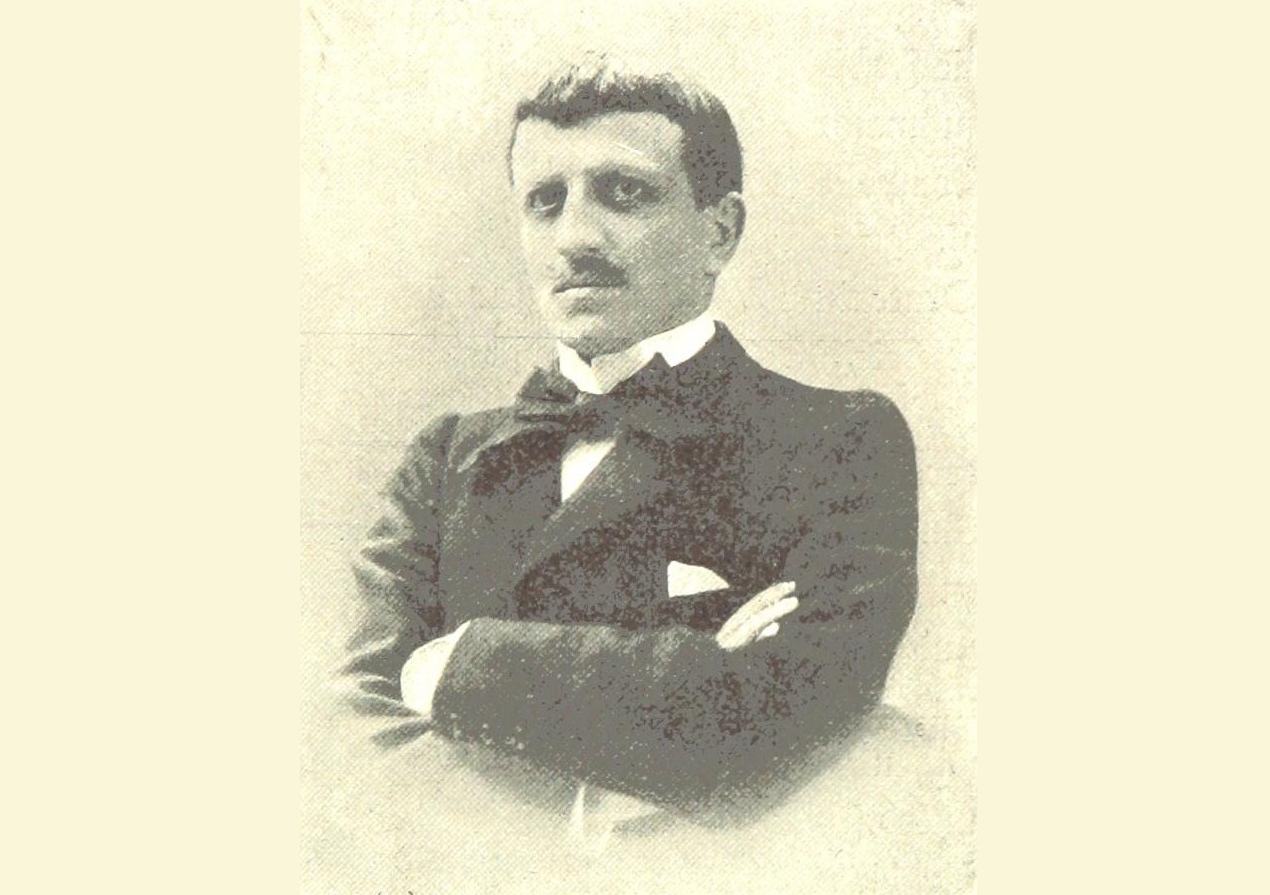
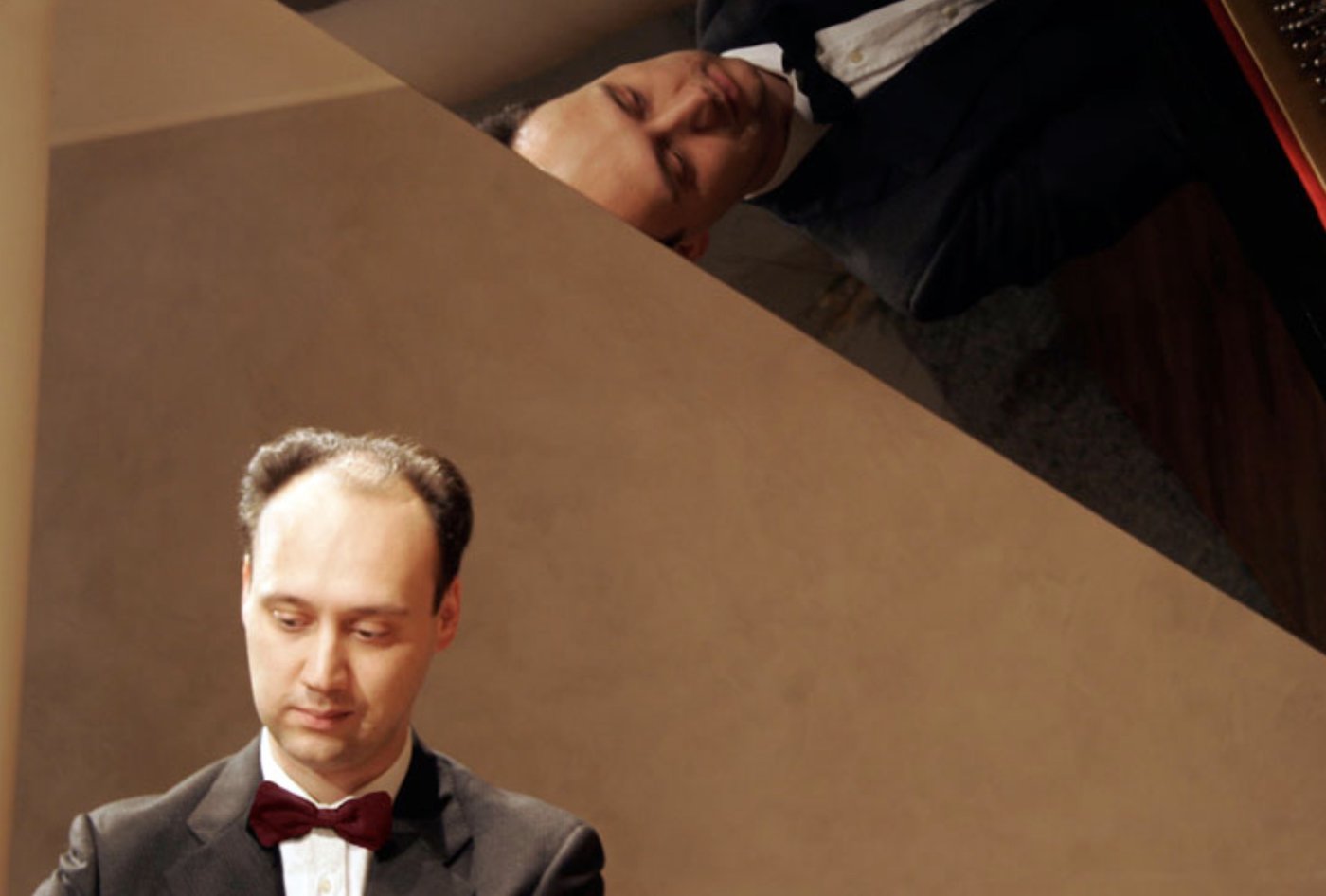
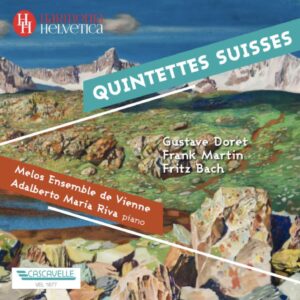
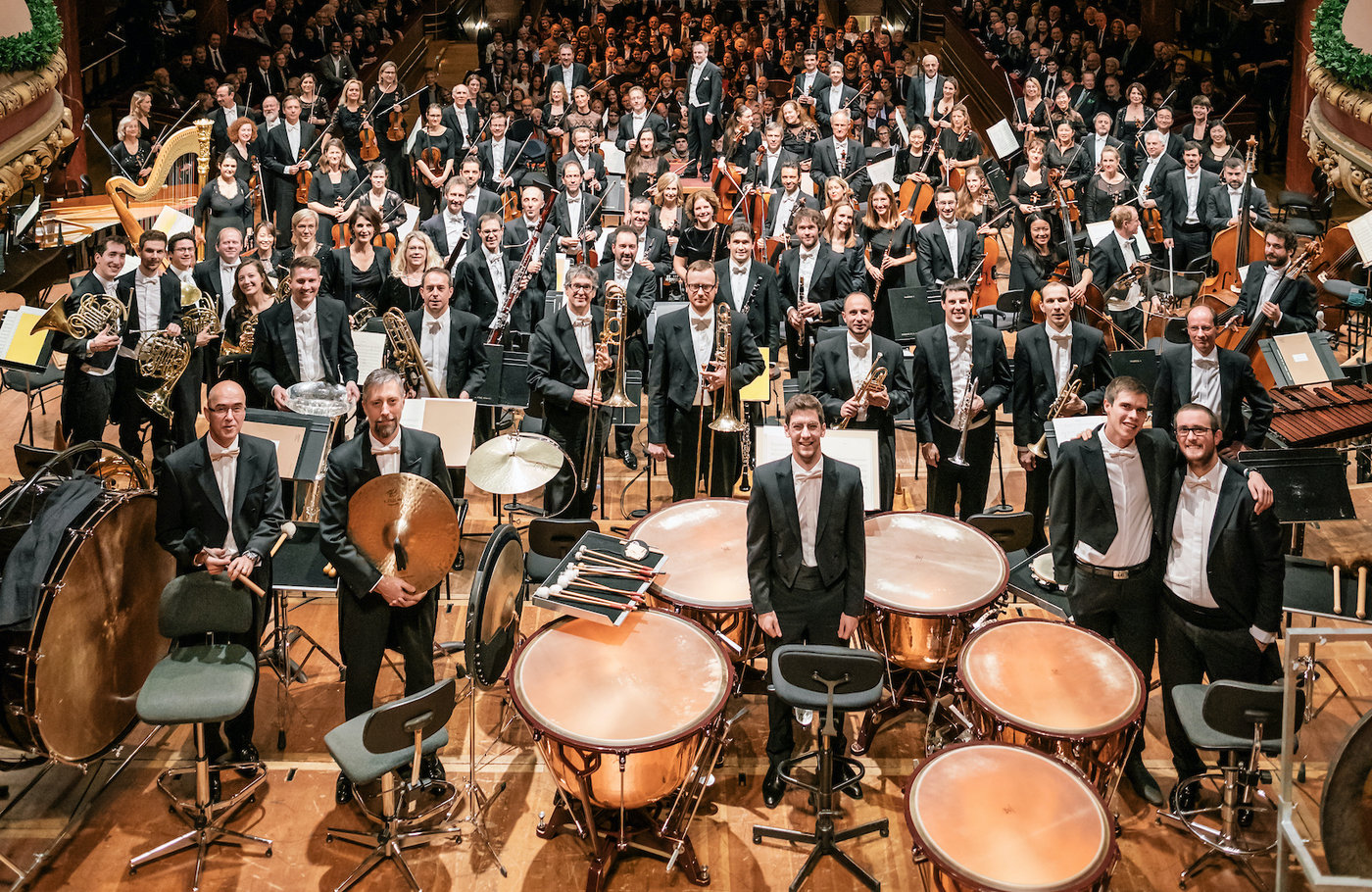
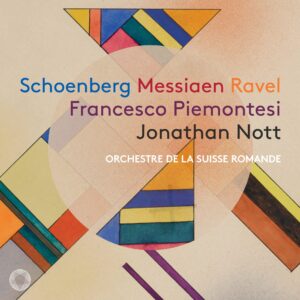
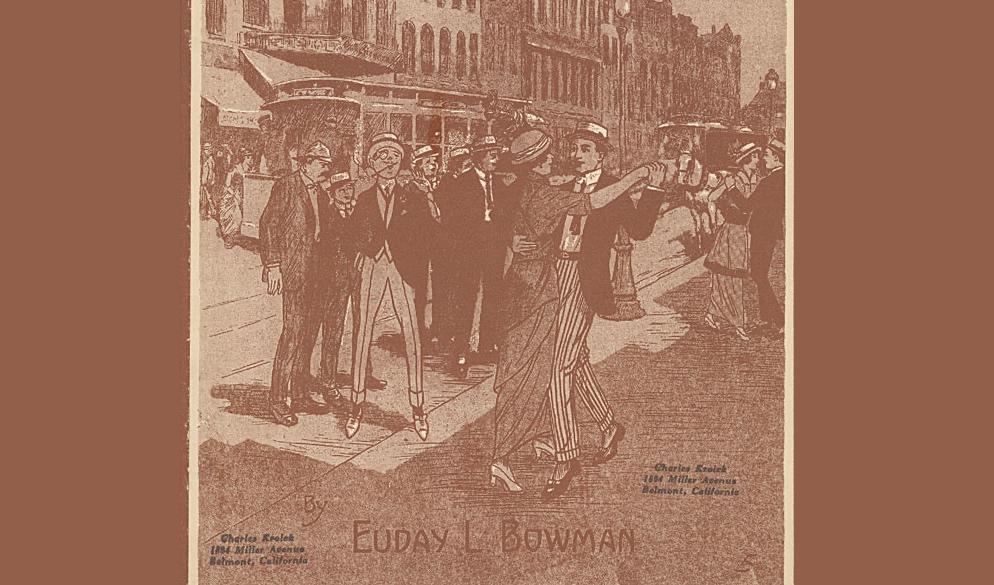
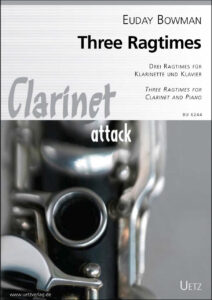 Euday Bowman: Three Ragtimes for Clarinet and Piano, arranged by Heinz Bethmann, BU 6244, € 15.00, Bruno Uetz Musikverlag, Halberstadt
Euday Bowman: Three Ragtimes for Clarinet and Piano, arranged by Heinz Bethmann, BU 6244, € 15.00, Bruno Uetz Musikverlag, Halberstadt
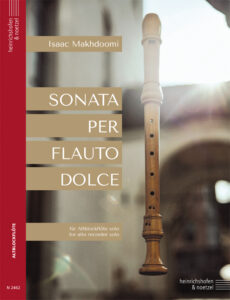 Makhdoomis Catching Moments on the other hand, is a contemporary, traditionally notated composition divided into three sections and entitled "mystical, free". The beginning and end have an improvisatory character and are reminiscent of Indian flute music. Again and again, the music lingers on longer notes in order to move towards a pause or the next long note in short, fast runs or rhythmic sequences. The rhythmic, faster middle section is intended to be rhetorical, beginning with noisy and precisely notated syllables to be spoken into the flute and then discharging into multiphonics and audible finger clacking.
Makhdoomis Catching Moments on the other hand, is a contemporary, traditionally notated composition divided into three sections and entitled "mystical, free". The beginning and end have an improvisatory character and are reminiscent of Indian flute music. Again and again, the music lingers on longer notes in order to move towards a pause or the next long note in short, fast runs or rhythmic sequences. The rhythmic, faster middle section is intended to be rhetorical, beginning with noisy and precisely notated syllables to be spoken into the flute and then discharging into multiphonics and audible finger clacking.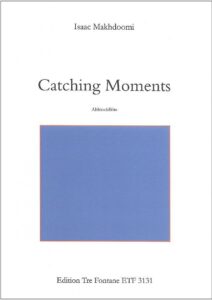 Isaac Makhdoomi cannot be easily pigeonholed as a performer either. He has been known to television audiences since his appearance on "Switzerland's Greatest Talents" as part of the band Sangit Saathi, where he elicited funky sounds from the recorder and delighted the audience. His newly released CD with the concerti by Antonio Vivaldi shows a completely different side of the musician. The cleverly conceived and exceptionally beautifully mixed album, in which Makhdoomi juxtaposes the well-known concerti with two aria jewels, impresses not only with its powerful virtuosity, clearly contoured dynamics, exciting instrumentation in the continuo and improvisatory moments, but above all with its great individuality and longing for sound in the lyrical and richly ornamented slow movements.
Isaac Makhdoomi cannot be easily pigeonholed as a performer either. He has been known to television audiences since his appearance on "Switzerland's Greatest Talents" as part of the band Sangit Saathi, where he elicited funky sounds from the recorder and delighted the audience. His newly released CD with the concerti by Antonio Vivaldi shows a completely different side of the musician. The cleverly conceived and exceptionally beautifully mixed album, in which Makhdoomi juxtaposes the well-known concerti with two aria jewels, impresses not only with its powerful virtuosity, clearly contoured dynamics, exciting instrumentation in the continuo and improvisatory moments, but above all with its great individuality and longing for sound in the lyrical and richly ornamented slow movements.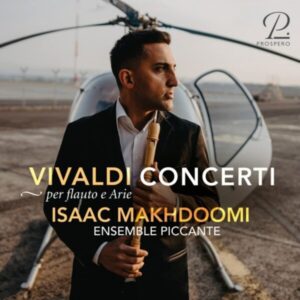
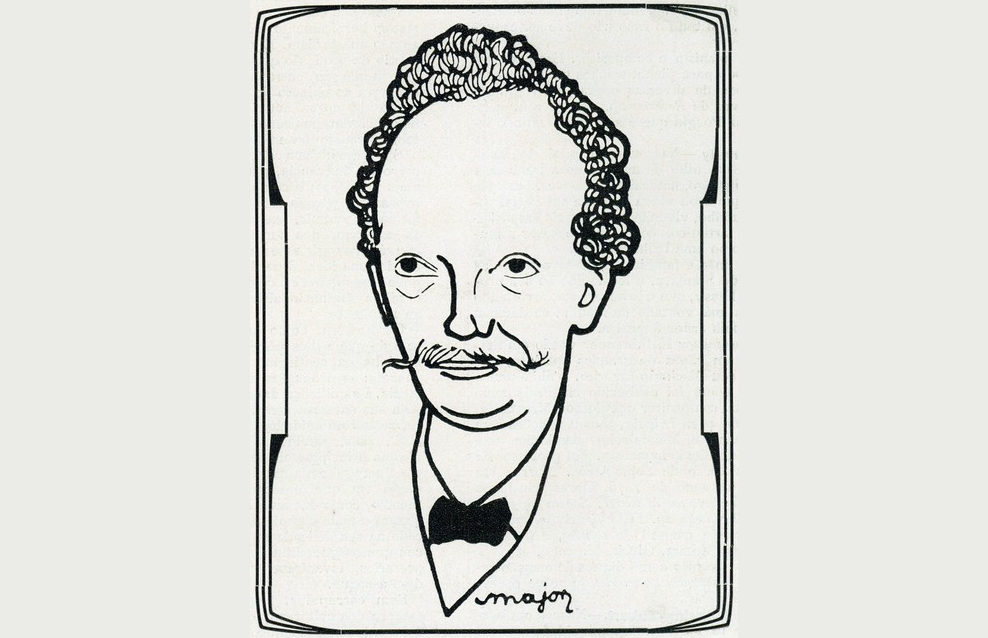
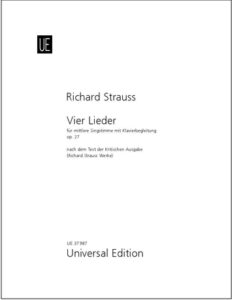
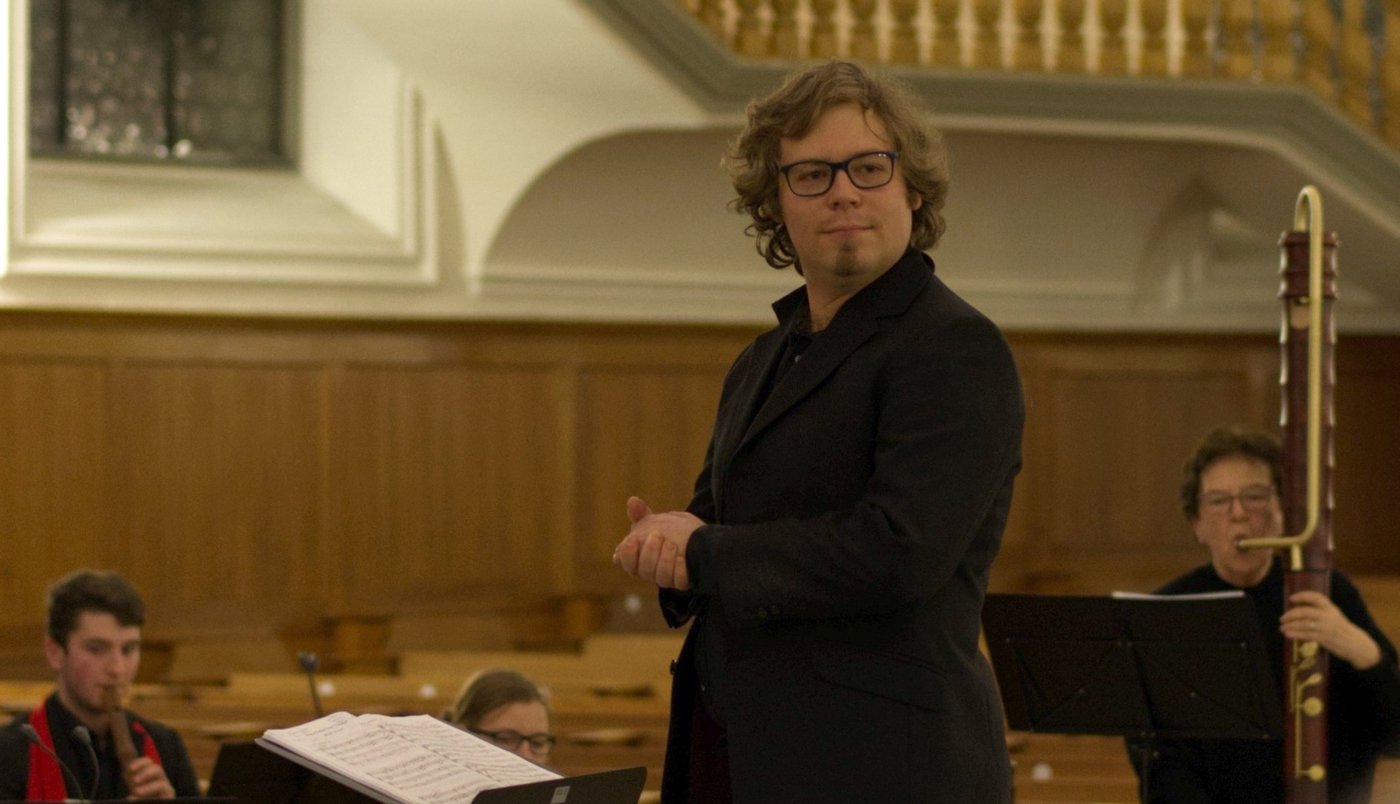
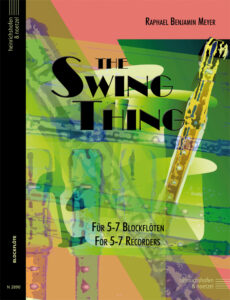
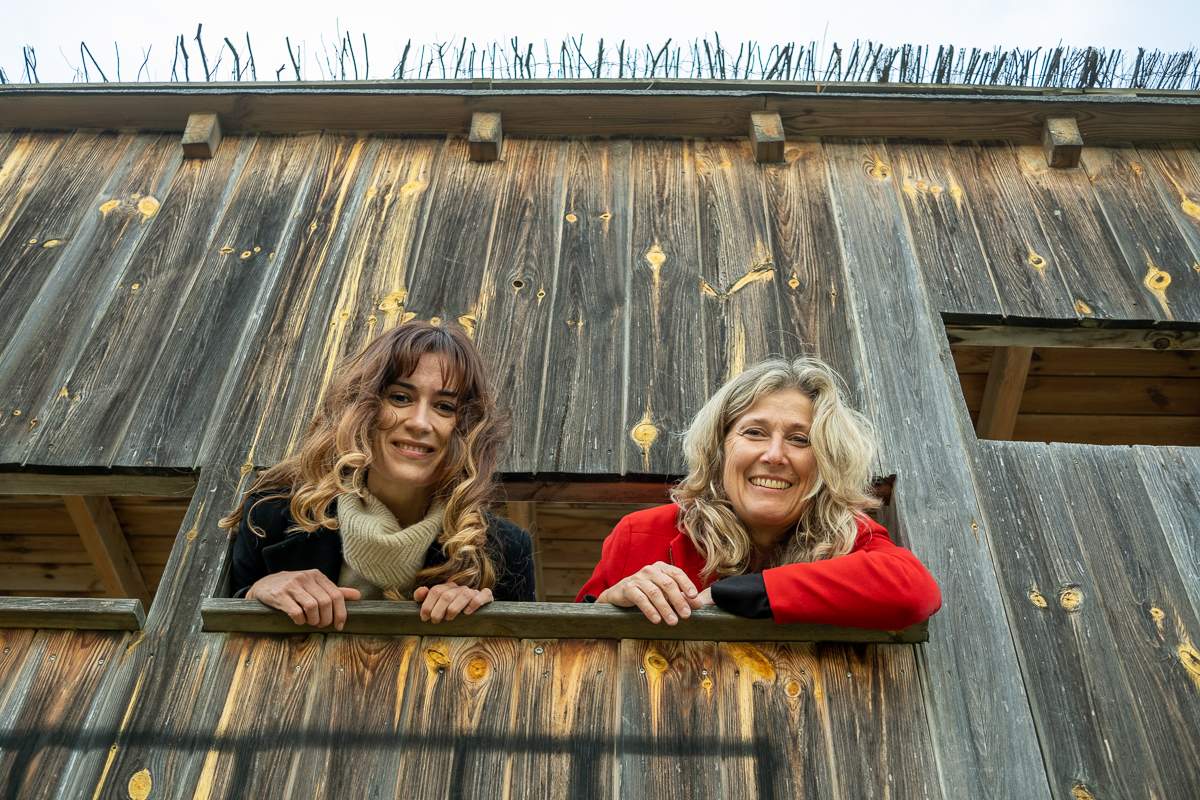


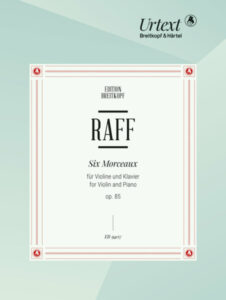 Joachim Raff: Six Morceaux for violin and piano op. 85, edited by Stefan Kägi and Severin Kolb, EB 9407, € 28.50, Breitkopf & Härtel, Wiesbaden
Joachim Raff: Six Morceaux for violin and piano op. 85, edited by Stefan Kägi and Severin Kolb, EB 9407, € 28.50, Breitkopf & Härtel, Wiesbaden